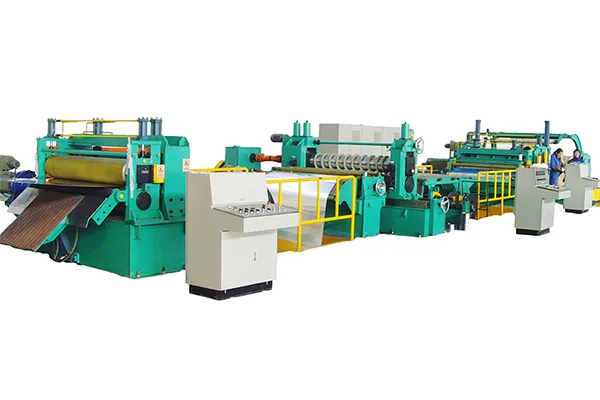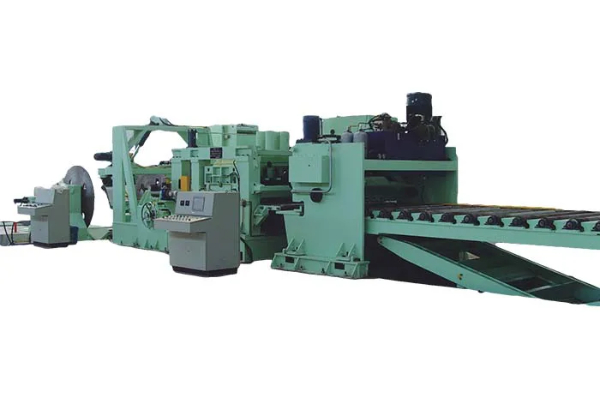
Press Brake Bending- Tips for Avoiding Material Waste
- By:Metmac
- 2024-06-06
- 183
Press Brake Bending: Tips for Minimizing Material Waste
Embracing Precision: The Key to Bending Efficiency
Precision and efficiency are paramount in the world of press brake bending, where minimizing material waste is a constant pursuit. Unleashing your bending prowess without sacrificing precious material demands meticulous planning and skillful execution. Here’s a comprehensive guide to help you navigate the art of bending with minimal waste:
1. Plan the Bend Sequence:
Meticulously map out the bending sequence to optimize material utilization. Consider bend allowances, bend radii, and flange lengths to ensure the final product meets specifications while reducing scrap.
2. Optimize Material Selection:
Select materials with suitable thickness, strength, and bendability for the intended application. Avoid over-specifying material thickness, as thinner gauges can often suffice, reducing waste.
3. Use Bend Aids and Tools:
Maximize productivity and precision with specialized bend aids, such as finger stops, backstops, and radius gauges. These tools facilitate accurate bending, minimizing scrap due to operator error.
4. Invest in Proper Tooling:
Dedicated tooling for specific bend applications optimizes bending quality and reduces material waste. Avoid using universal tooling that may lead to inconsistency and scrap generation.
5. Implement Springback Compensation:
Springback is the elastic recovery of material after bending. Compensate for this by overbending to achieve the desired finished angle, preventing waste from underbending.
6. Utilize Material Blank Optimization:
Employ nesting software to optimize the arrangement of parts on the material blank. This can significantly reduce material waste and increase production efficiency.
7. Adjust Parameters for Scrap Reduction:
Tune press brake settings, including bending speed and pressure, to minimize material damage and scrap. Experiment with these parameters to find the optimal combination.
8. Embrace Continuous Improvement:
Continuously analyze and refine the bending process by collecting data and implementing corrective actions. Identify areas for waste reduction and implement strategies to minimize it.
9. Train Operators Thoroughly:
Empower operators with the knowledge and skills necessary to bend accurately and efficiently. Proper training reduces scrap due to mishandling and ensures consistent part quality.
10. Embrace Sustainable Practices:
Minimize environmental impact by implementing sustainable practices, such as recycling scrap material and using energy-efficient bending equipment. This not only reduces waste but also enhances corporate responsibility.
By embracing these tips, manufacturers can transform their press brake bending operations into a haven of efficiency and sustainability, minimizing material waste and maximizing profitability. Precision, planning, and innovation are the cornerstones of bending mastery, enabling manufacturers to elevate their craft and outpace competition.
-
Sheet Metal Rolling Machine for Sale: Finding Precision and Durability with METMAC
2025/12/09 -
Press Brake Bending Machine: Engineering Precision with METMAC
2025/12/09 -
CNC Sheet Bending Machine: Precision Redefined with METMAC
2025/12/09 -
Sheet Metal Roll Forming Machines: The Precision of METMAC Engineering
2025/12/09
-
Advanced Sheet Metal Rolling, Laser Cutting, and Folding Machines for Precision Fabrication
2025/10/31 -
High-Performance Sheet Metal Bending and Cutting Machines for Modern Fabrication
2025/10/31 -
High-Quality Sheet Metal Equipment for Sale: Efficient Solutions for Modern Manufacturing
2025/10/31 -
High-Performance Sheet Metal Equipment for Sale: Forming and Shearing Solutions for Modern Fabrication
2025/10/22
-
A Guide to the Latest Innovations in Sheet Metal Folding Machines
2024/11/29 -
Key Features to Consider When Investing in a Sheet Metal Folding Machine
2024/11/28 -
Enhancing Precision with Advanced Sheet Metal Folding Machines
2024/11/27 -
How to Choose the Right Sheet Metal Folding Machine for Your Workshop
2024/11/26







